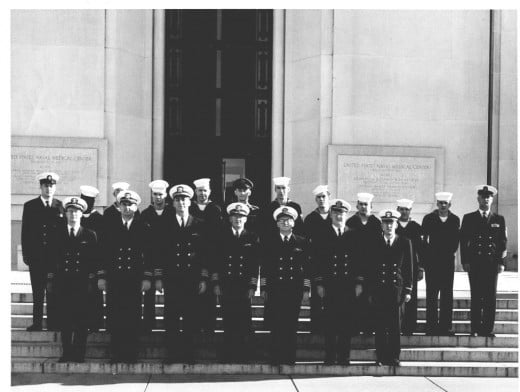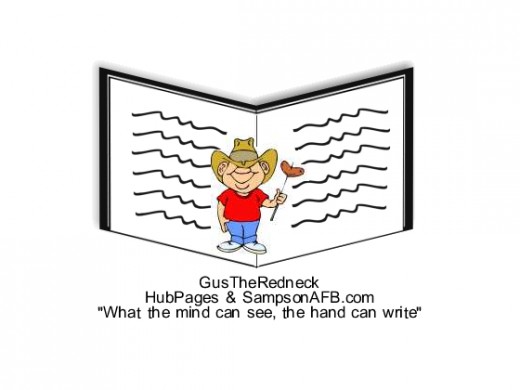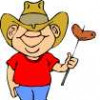Old Ford Bumpers and Shrimp - War Stories Ain’t All Alike – # 9
Peggy - 51 years was a long time ago !
Our Hubber friend, Peggy, sort of put me up to telling this story. She asked me a question about how was it that I knew how old Ford bumpers tasted. That stirred up a funny memory from way back in 1960 when I was assigned to the Navy Medical School’s Radioisotope Techniques Class at Bethesda, Maryland. That place and its many fine people were put under my concentrated observation for a whole year. What I observed there 51 years ago is still within my eyesight and hearing today – etched into granite-like memory. Some of those tales have been told here before now, but Peggy’s question to me, as I explained above, has triggered some new memories of those old days and my now old classmates and our trainers.
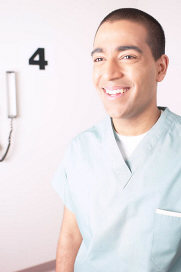
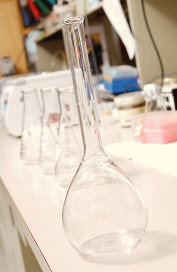
When Aliman said "Do it," we did it
Although there were plenty of students for our teachers (bosses) to fret over, one Navy student and one Navy instructor stand out among them. They won’t mind being named here, for they were both friends and fellows of mine in service in the military, they in the Navy and I in the Air Force sent among those Navy crazies to try to learn a thing or two, if at all possible. My fellow student was a real brain of a guy by the name of M. Scott Breen. The instructor was a very intense man whose name was W.J. Aliman. He was a Seaman First Class.
This tale began in our class on thyroid gland function studies wherein Seaman First Class Aliman held forth and attempted to make experts out of a bunch of know-nothings, at least know-nothings when we started out. Some of the testing Aliman dedicated himself to pounding into our skulls was rather complicated, mainly because nuclear medical testing was quite new and still evolving.
One of the tests was performed "on the bench." In other words, it was a test-tube sort of test instead of a procedure involving putting medications or anything else into the patient. It was called the "red blood cell T3 uptake study." In this new T3 uptake test, a tiny amount of radioactively tagged T3 (as T3-Iodine-131 back in those times) was mixed with each of the blood samples and allowed to incubate in the test tubes at "body temperature" for four hours. Then the blood was rinsed several times to isolate the red blood cells from the rest of the blood contents. After that, the radioactivity of the red blood cells was assayed. Right now we could write a whole book about these things and it would not be enough to clarify all of the things that Aliman had to teach us. Perhaps the main thing about this test was its total treachery of performance.
After all of the test tubing, and the incubating, and the blood rinsing that had to be done after hours of incubating the stuff, as often as not, the fragile red blood cells would disintegrate such that the whole procedure had to be repeated, often more than once. Anyway, First Class Seaman Aliman did a wonderful job teaching that complicated procedure to his students, and all of us developed a healthy respect for his brand of training. Aliman’s method was "Do it MY way. Do not deviate from MY way. Don’t let ME catch you doing something I did not tell you to do."
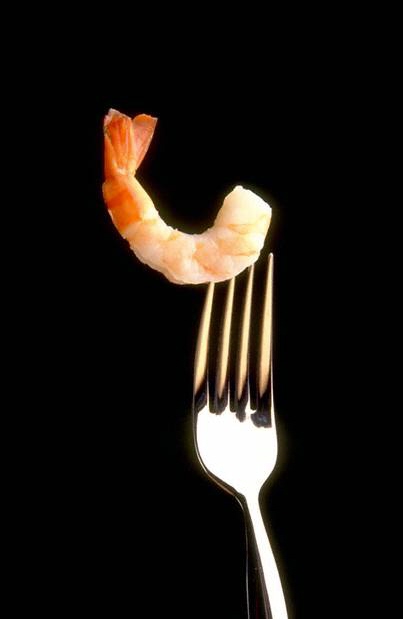
Just one small shrimp
That said, Aliman taught us all about another radioisotope test procedure, this one was also for thyroid gland testing, but it involved administering a measured dose of radioactive iodine (I-131) to the patient. Here would come Aliman to place a small jigger of water for the patient to drink. The water contained the iodine. Aliman explained the deal to each nervous patient and ended his song-and-dance routine with these consoling words – "Sir, there is about as much iodine in this small glass as there is in one small shrimp."
Aliman told us to tell that, exactly and with no changes, to each patient we tested, once he allowed us to actually deal with the patients.
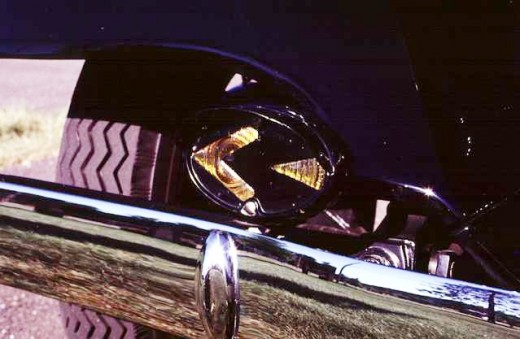
One old Ford bumper
As we students were rotated through various classes, thyroid function testing, body imaging, blood volume measurement, and so forth, we learned that the instructors were also rotated from one testing area to another. Thus, it did not displease us to find out that Seaman First Class W. J. Aliman was to be our instructor in the blood volume measurement classes. We had already learned how to deal with and learn from Aliman.
One day, as we were waiting for Aliman to show up in the blood volume measurement laboratory to begin our day’s training, our classmate, Scott Breen took our waiting around as his opportunity to provide us all with a spot of humor. He pretended that he was our instructor, Seaman First Class Aliman.
The day before this, Aliman had shown us how to prepare a syringe containing a dose of radioactive chromium (Cr-51) to be injected into a patient whose blood volume was to be measured. We all understood that we were to do everything exactly as Aliman had detailed it. Breen did that one better.
Just as Aliman showed up and walked into the laboratory room, Breen was telling us, "Sir, there is about as much chromium in this small syringe as there is in one old Ford bumper."
I will not repeat what Aliman had to say, but it was noteworthy.
